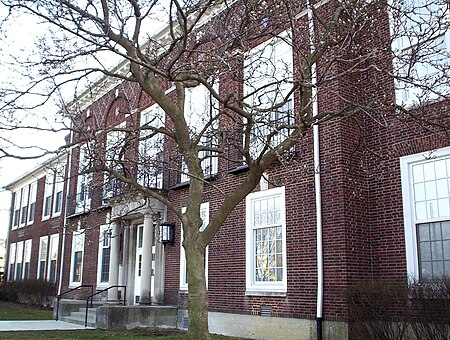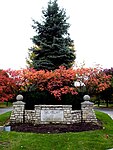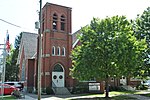Grandview Heights High School

Grandview Heights High School is a public high school in Grandview Heights, Ohio, a suburb of Columbus. It is the only high school in the Grandview Heights City Schools district, which serves both the city of Grandview Heights and the village of Marble Cliff. In 2021, the boys varsity soccer team won the Ohio High School Athletic Association (OHSAA) Division 3 State Championship, the first in the school's history. They won again in 2022. In 2022, the Grandview Heights High School Model United Nations team received an Award of Distinction (highest honor) for Research and Preparation, and an Award of Merit (third-highest honor) for Committee Participation at NHSMUN. Four members of the nine person team were invited to be plenary speakers at the closing ceremony of around 2,500 students, advisors, and directors. The team was recognized by the Office of the Governor of Ohio and the Ohio House of Representatives for their achievements.
Excerpt from the Wikipedia article Grandview Heights High School (License: CC BY-SA 3.0, Authors, Images).Grandview Heights High School
Ida Avenue, Columbus
Geographical coordinates (GPS) Address External links Nearby Places Show on map
Geographical coordinates (GPS)
| Latitude | Longitude |
|---|---|
| N 39.984722222222 ° | E -83.048333333333 ° |
Address
Grandview Heights High School
Ida Avenue
43212 Columbus
Ohio, United States
Open on Google Maps







